

|


|
Tamiya Baja Champ - 58221
|
Released by Tamiya on November 26, 1998 and based on the TL-01B chassis ("B" for Buggy) the Baja Champ was known for its good handling and it was agreed by many radio controlled racing enthusiasts as being fun to drive. It was however known for its fragility on ruff terrain and crashing often meant a full rebuild, but with the high number generic features of the Baja Champ, parts were comparatively cheap.
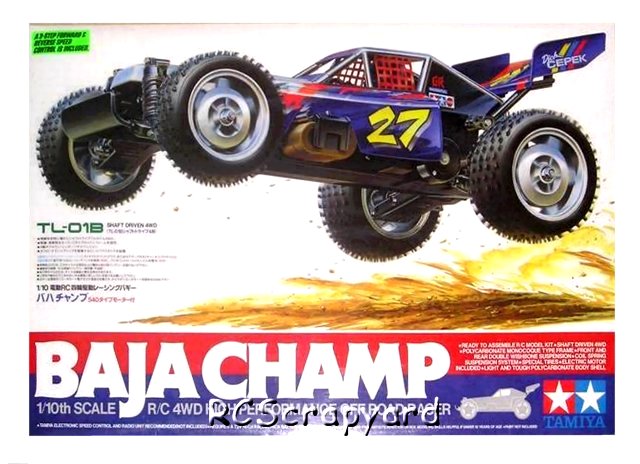
To keep tooling costs low, the chassis Tamiya used for this model was basically a TL-01 touring car chassis with longer suspension arms and shock absorbers. Because so many TL-01 models were released, spares for this model are relatively easy to find.
Classed as a "beginners model" by some race-goers, because of its straight-forward design, a multitude of adaptations were possible to vastly improve the cars performance levels to compare with many of its more expensive rivals.
The kit comes with plastic/nylon and sintered brass bush type bearings, that after a short while, when dust and grit get into them, actually wear into the metal drive shafts. If you are building this kit to race seriously these should be replaced by steel shielded ball bearings.
The low price and simple design was the key to the Baja Champs success and will long remain a favourite with many RC club racers.
To get the best from the Tamiya TL-01B Chassis, it needs to be fine tuned to take jumps without bottoming and handle corners at high speed, without slipping off the track. Small adjustments can make a Big difference and our simple to understand, step by step procedure, will guide you to the best Set-up for your driving style.
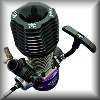
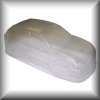
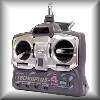
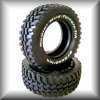
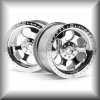
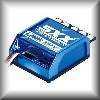
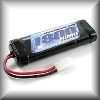
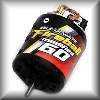
|
|
|

|
|
Tamiya Baja Champ #58221 TL01B - Chassis
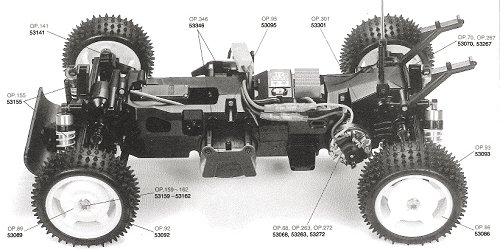 |
|
Tamiya Baja Champ #58221 TL01B
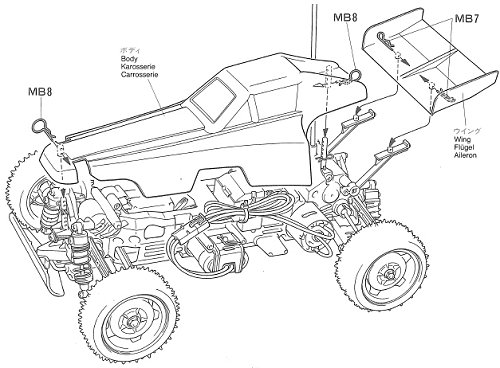 |
Buying a Used Tamiya Baja Champ
|
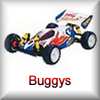
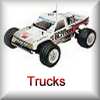
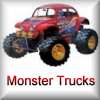
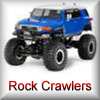
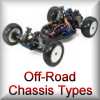
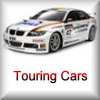
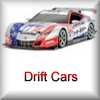

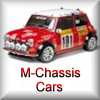
|
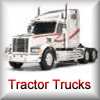
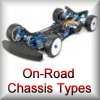
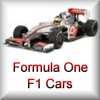
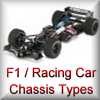
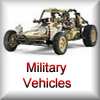
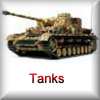
|
|
|
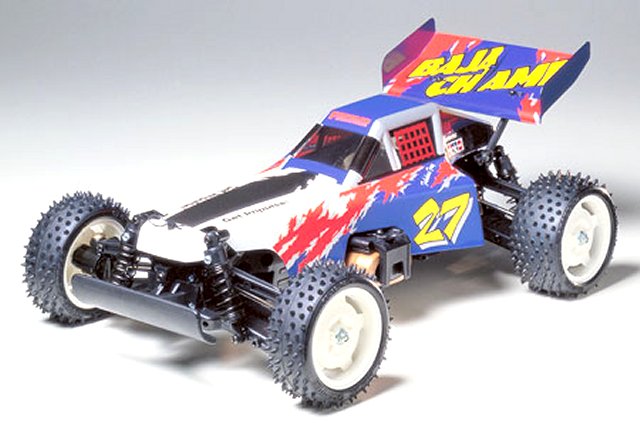
|
Hints, Tips and Information Gear Differentials
The Gear Differentials, commonly used in Buggys, Trucks, Touring Cars, Monster Trucks and some of the early Tamiya Formula One and Le-Mans cars, are by design more robust than the high maintenance Ball Differentials.
|
|
Hints, Tips and Information
Rubber Tires for RC Models
Rubber Tires ALWAYS should have either soft sponge or rubber inserts. They will not function as they should without them. And if you are totally serious about your racing they should be glued to the rims. How to Mount Rubber Tires onto Wheels/Rims.
Before mounting your Tires, I would recommend talking to the more experienced racers at your local club, concerning what inserts they use. Even the top level racers rely on a bit of local knowledge on tracks they have never raced before. |
|
RC Models:
|
Radio & Motors: |
Other
Accessories: |